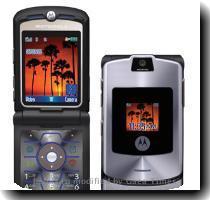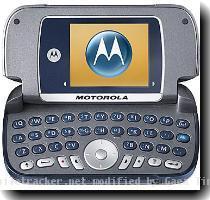Intel rolls out chips that show lead over AMD, touts efforts to break into mobile phone market
By Jordan Robertson, APThursday, January 7, 2010
Intel rolls out new chips that show lead over AMD
SAN FRANCISCO — Intel Corp. rolled out new computer chips Thursday that highlight the company’s lead over Advanced Micro Devices Inc. in its ability to shrink the circuitry inside its processors.
Intel’s new Core chips, unveiled at the International Consumer Electronics Show in Las Vegas, are the company’s first to feature tiny parts whose average width is 32 nanometers, or 32 billionths of a meter.
The transistors — little on/off switches that regulate the flow of electric current — are so small on those chips that 60 million could fit onto the head of the pin. That’s twice the number that could fit into the same space in the previous generation of chips.
While the changes might be invisible to the naked eye, consumers experience the effects in the form of better performance and lower computer prices. Chip makers benefit from the ability to add more features and cut costs.
AMD’s 32-nanometer chips won’t appear in personal computers until 2011. It has argued that circuitry size isn’t as important as performance and graphics.
The race between Intel and AMD is significant because essentially all modern personal computers are built with microprocessors, the “brains” of PCs, made by either Intel or AMD.
In recent years, AMD has made its focus the graphical performance of its chips, which the company says is important as computers render more gaming images and high-definition video. To that end, AMD paid $5.6 billion in 2006 to buy ATI Technologies to become a player in high-end graphics, a market Intel has struggled to break into despite repeated attempts.
Last month, Intel, based in Santa Clara, Calif., scrapped plans for a new graphics chip that would have directly challenged AMD’s ATI division and another graphics heavyweight, Nvidia Corp. Intel blamed delays in its silicon and software development.
Meanwhile, Intel has been branching out from its core business into ancillary markets such as “netbooks” — stripped-down laptops used primarily for surfing the Internet — and now mobile phones, another market it previously tried to crack. Mobile phones use chips that generally do less than Intel’s processors, but also suck up less power.
On Thursday, Intel CEO Paul Otellini showed off a new smartphone from LG Electronics Inc. that was built on Intel chips and is expected to go on sale in the second half of this year. It is the first phone with a processor from the same family of chips that Intel sells for netbooks.
With a 4.8-inch screen, LG’s GW990 phone is bigger than standard smartphones. Apple Inc.’s iPhone has a 3.5-inch screen and Motorola Inc.’s Droid has a 3.7-inch screen — essentially the upper limit for smart phones in the U.S. LG hasn’t said where the phone will be marketed.
The additional processing power can be used for things like videoconferencing and playing high-definition video.
“I can see a five-inch screen really becoming popular,” Otellini said in an interview.
Intel’s earlier stab at mobile phones ended in 2006 with the sale of its communications chip division to Marvell Technology Group Ltd. for $600 million. At the time, Intel’s finances were suffering because of competition from AMD and it was shedding underperforming business units so it could focus on its core business: selling chips for personal computers and servers.
AP Technology Writer Peter Svensson contributed to this story from Las Vegas.
Tags: 2010 Consumer Electronics Show, Communication Technology, Computer Hardware, Computing And Information Technology, Consumer Electronics, Consumer Electronics Show, Events, Las Vegas, Materials, Mobile Communications, Nevada, North America, San Francisco, United States
|
January 8, 2010: 12:41 am
Thanks for sharing a nice blog.I really like your post. The picture you have posted here is really very nice. Great post! |


home based internet businesses